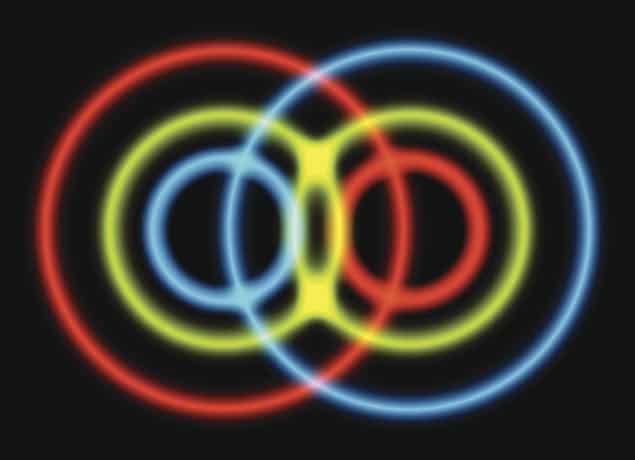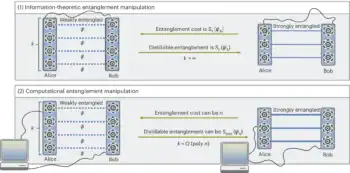
2020, despite all its multitudinous awfulness, was a good year for quantum science. Here at Physics World, we come across important papers nearly every week on topics from quantum algorithms and improved qubit architectures to better quantum sensors and imaginative new experiments on quantum fundamentals. In fact, there’s so much exciting research coming out in this area that we can’t write about it fast enough – at least, not without some help.
Back in 2017 Physics World set up student contributor networks in materials/nanoscience and medical physics/bioengineering. These contributor networks are made up of PhD students with a passion for science communication, and for the past three and a half years, members of the Physics World editorial team have provided them with training and mentorship to help them write about the most exciting new research in their fields. Some of our contributors are now pursuing careers in science communication, writing for us (and other media outlets) as paid freelancers after “graduating” from the network. Others have remained in academia or entered industry jobs, using their communication skills to write better grant applications, papers and reports. All have benefited from the chance to connect with other members of the network and publish their work on a site read by hundreds of thousands of professional scientists all over the world (they even get their own page on our site – here’s an example).
All of which makes me very pleased to say that we are now expanding this programme to include a new contributor network, this one focused on quantum science and technology. As with our existing networks, we’re looking for PhD students with a talent for writing and a passion for communicating the latest research to a broader scientific audience. We’ll provide initial training on how to craft compelling science news stories, and we’ll also ensure that you get regular feedback from other student contributors as well as our professional journalists, giving you ongoing support to hone your scientific writing skills.
We expect each contributor to write 1–2 articles (of about 500 words each) per quarter about a recent paper in their field, and to provide pre-publication feedback on a similar number of articles written by other contributors in the network. The goal is that after 1–2 years in the network, every contributor should have a body of well-written, published work that they can put on their CVs – either as evidence of strong communication skills when applying for jobs in academia or industry, or as a springboard to a career in science communication. More information is available here.
Get involved
If this sounds like it’s right up your street, and you’d like to apply to join the new network, please send the following information to pwld@ioppublishing.org by 31 January 2021:
- A short (~300 words or less) explanation of why you’d like to join the network and what you think you’d bring to it. Previous experience in science communication is not required, but if you have some, please say so.
- A short (~500 words or less) description of what your PhD is about, written so that a physicist in a completely different field (e.g. astronomy) can understand what you’re doing and appreciate why it’s interesting and important.
Materials/nanoscientists and medical physicists/bioengineers wanted too!
Finally, we’re also looking to recruit new students into our existing contributor networks in materials/nanoscience and medical physics/bioengineering. So if you’re a PhD student in one of these fields, and you’d like to be involved, we’d love to hear from you, too.



